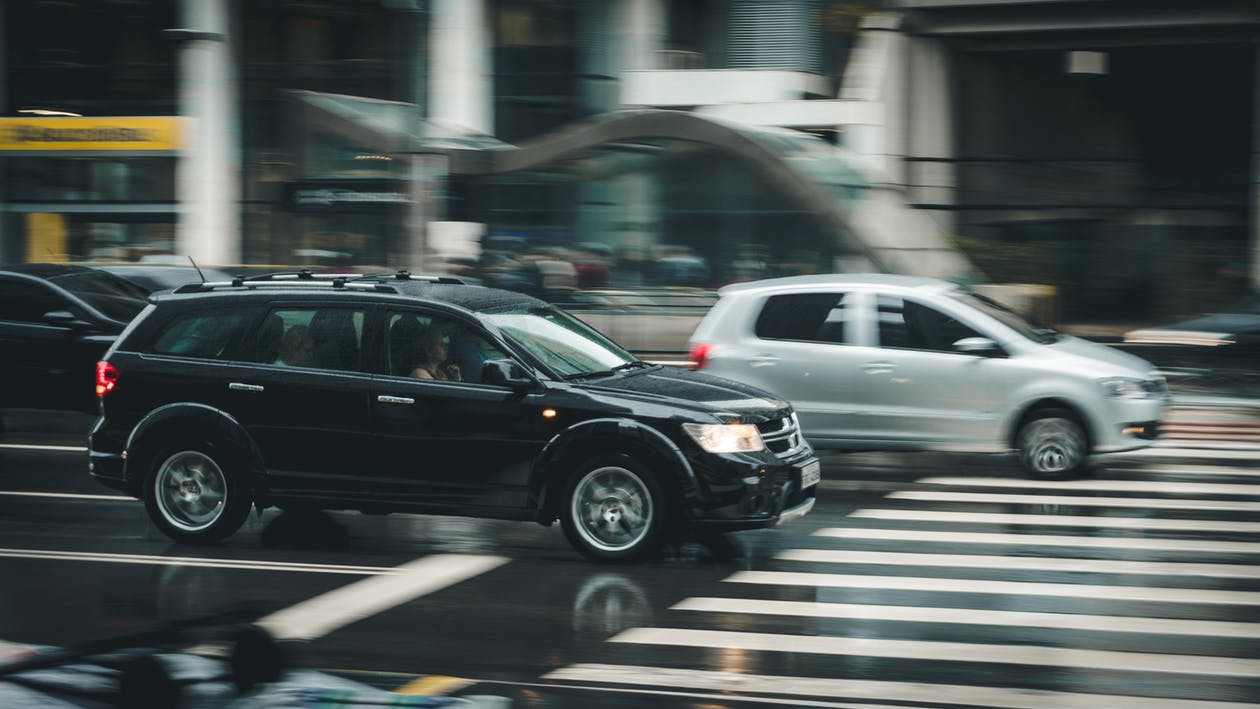
It is completely amazing to look back to the days when I was a child to now and see how revolutionary our society has become due to technological developments and advances. When I was in middle school and high school, cell phones were not commonplace. Even by senior year, probably less than half of my classmates had them.
Nowadays, children in elementary school and middle school have cell phones and are far more skilled on them than I am. Just think how much things have changed during the course of experienced lawyers’ careers, when law was practiced out of reports instead of Westlaw!
Technology is amazing, and as attorneys we rely on it to perform our jobs successfully. As a personal injury attorney, I have witnessed how technology altered the legal profession.
While the recent rise of rideshare applications have altered the way we travel, this new technology has directly impacted issues in personal injury litigation as well. Although now we cannot imagine a world without it, Uber began around 2009. Uber and Lyft, along with other companies, infiltrated every major city in the world. It is unbelievable if you look around downtown and see how many cars have the Uber or Lyft symbol on the windshield. While Uber and Lyft offer more choices for consumers and limit those who would drive after drinking, they have brought an interesting new dimension to personal injury law and the new technology has led to new legal issues.
If an Uber or Lyft driver is involved in an accident, questions arise regarding insurance policies. Whose insurance pays for the injuries? Do you have to go after the insurance of the individual first and then the Uber and/or Lyft policy? Uber and Lyft usually carry a pretty large policy which tends to cover the drivers of the cars, but if you are in a ride share and end up in a collision, then there could be multiple people going after the Uber or Lyft policy depending which party was at fault. The insurance issues are just the tip of the iceberg of how personal injury law is having to adapt to new technology.
Yet a bigger game changer is on the horizon: driverless cars. Although currently being tested, they may be on the market in the near future. With Google unveiling the first self-driving car and companies like Chrysler and Ford following, it is only obvious to question how these cars will affect personal injury lawsuits.
If there is a collision with a driverless car or self-driving car, who is to be held responsible? Will insurance cover these collisions? If there is no resource or remedy similar to that of a personal injury lawsuit, then would the injured person be able to go after the manufacturer of the vehicle? Would the individual have to prove that the car malfunctioned or that there is some sort of product liability claim in order to have a chance at successfully suing the manufacturer?
In a recent article, Steven Seidenberg examined the issue of liability when self-driving cars crash. He pointed out that not only is there a question of who is really responsible, there could be a sharing of the blame and multiple defendants involved. He also explained that technical forensic investigations will be required. Personal injury attorneys will need to hire experts and spend far more money and time than they would during a traditional collision in order to determine the cause of the accident. It will add additional expenses to litigation and turn simple negligence suits into complex, lengthy product liability litigation with multiple defendants and experts. It will be up to lawyers to work out these issues and stay on top of the changes driven by technology.
It is hoped that self-driving cars will reduce the amount of distraction-related accidents and make the roads safer. Distracted driving is dangerous, claiming 3,477 lives in 2015 alone (according to NHTSA). Cell phones while driving has been a hot topic over the past several years, resulting in increased legislation to discourage drivers from using phones while driving. Insofar that the driverless cars could reduce the number of injuries and deaths by distracted drivers, the technology of these cars brings a whole different type of injury claim to the table. There may be computer malfunctions, manufacturer error, or product liability. As of now, it is difficult to ascertain the affect driverless cars will have on personal injury attorneys and claims in the future, but changing technology always brings about changing legal issues.
Technology is constantly driving change in the practice of law. For now, new lawyers may be the ones who know how to use the fancy new gadgets and understand the developing areas of law. We all have to remember to keep up with the changes, lest we be the ones who do not know how to operate the newest cell phone — or personal injury suit — in a few years.
Ashley Rae Rawlins (ashley@therawlinsfirm.com) is a solo practitioner.